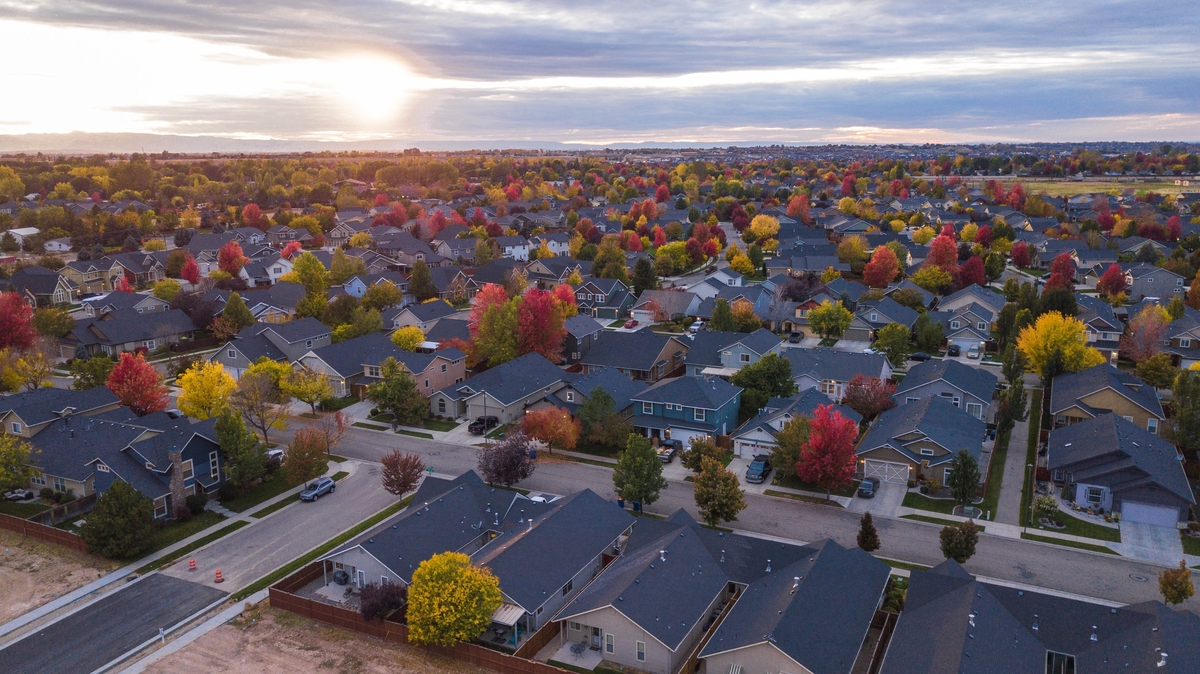For the first time since the early 1980s, the U.S. economy is experiencing a period of elevated inflation. Because of supply-chain issues attributable to the pandemic and a significant rise in government spending, the consumer price index (CPI) measure of consumer inflation recorded a 7% year-over-year gain in December 2021 — the highest in nearly 40 years.
In contrast, during the 2010s, the CPI averaged an annual growth rate of just 1.8%. The Federal Reserve, having retired the call that these inflationary pressures would be “transitory,” is now clearly signaling tighter monetary policy ahead.
The NAHB forecast sees the Fed raising the federal funds rate three times in 2022 and accelerating the pace of the taper of asset-backed security purchases. These moves will continue to cause interest rates to rise over the course of 2022.
The 10-year Treasury rate already rose from 1.4% at the start of December to higher than 1.7% during the second week of January, and the average 30-year fixed-rate mortgage is expected to increase to 4% near the end of the year. Combined with ongoing home price appreciation, higher rates will place additional pressure on housing affordability.
Clearly, these increases highlight the importance of taming building material costs, including lumber prices that are rising yet again and have expanded beyond $1,100 per thousand board feet. New NAHB analysis finds that a key cause behind this price growth is insufficient production. For example, during the third quarter of 2021, domestic sawmill output was 1.3% lower than the third quarter of 2020.
Additional signs of inflation include a tighter labor market and growing wages. According to BLS estimates, job growth in December disappointed: The economy added only 199,000 jobs. Although the unemployment rate fell back to 3.9%, there is some evidence that labor market data are not fully accounting for the growing gig economy.
Nonetheless, reports of ongoing labor shortages throughout the economy present challenges for businesses. For the construction sector, there are 345,000 open positions needing to be filled, compared to 261,000 a year ago. Wages in the residential construction sector are up 8% year over year, and without productivity gains, this level of wage growth represents an additional inflation risk in the housing sector.
To subscribe for free to Eye on the Economy, please visit nahb.org
*Note: All articles have been redistributed from NAHBnow.com*
